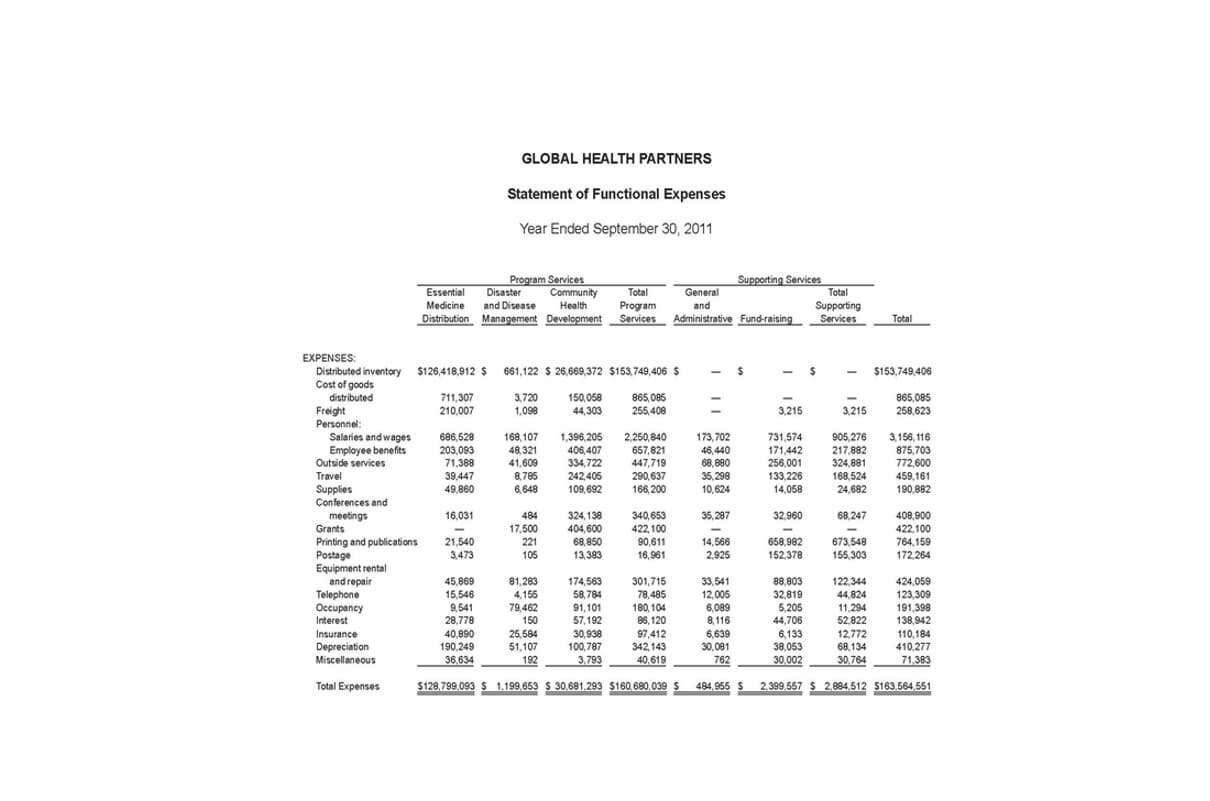Understanding Net Working Capital: Importance, Calculation, and Strategies
 14 เม.ย. 66
14 เม.ย. 66

If a payment isn’t time-critical and won’t impact operations immediately, then these may be able to be pushed back to a later date to increase the working net capital. We’re simplifying it here – larger companies will have more diverse current assets and liabilities to factor in. Positive net working capital demonstrates good management of the business’s cash, inventory, and receivables.

Check the Creditworthiness of Customers
An increase in your accounts receivable might mean that your business isn’t efficiently collecting payments from customers, harming your cash flow. An increase in your inventory, meanwhile, could indicate that you’re overproducing and underselling. Working capital is primarily focused on your most liquid (available for use) assets and immediate debts, making it more of a short-term look than other financial statements and metrics.

How to Ease Your Company’s Cash Flow Issues
There are various reasons which may require the review of the working capital requirement e.g., change in credit policy, change in sales volume, etc. Misunderstanding the mechanism can lead to attempts at short-term working capital manipulation. For example, a seller might accelerate billing or shipments before closing to inflate receivables or delay supplier purchase orders to artificially reduce liabilities. While covenants typically restrict outright manipulation, grey areas remain, potentially leading to disputes. Depending on the industry and business model, NWC can represent a significant proportion of the transaction value, sometimes reaching up to 20%.
- However, inadequate Net Working Capital leads to interruptions in production and reduced profitability.
- If historical financial data reliably reflects expected NWC fluctuations, adjustments may be minimised, though they are often necessary due to seasonality or business cycle changes.
- For example, a service company that doesn’t carry inventory will simply not factor inventory into its working capital calculation.
- A healthy NWC allows businesses to seize growth opportunities, whether through expanding product lines, entering new markets, or enhancing marketing efforts.
- Regardless, if the financials don’t conform to GAAP, then the monthly balance sheets may not include the necessary accruals to calculate working capital on a GAAP basis.
Financial Dictionary
- When this happens, it may be easier to calculate accounts receivables, inventory, and accounts payables by analyzing the past trend and estimating a future value.
- In order to help you advance your career, CFI has compiled many resources to assist you along the path.
- • Lenders will often look at net working capital to help determine if a business can comfortably afford a loan.
- To determine a normal level of NWC, due diligence can use an average of the previous six to 12 months, commonly referred to as the target, or peg.
- If vendors offer a discount for early payment, these savings must be weighed against the reduction in working capital.
- This is to ensure that your business maintains a sufficient amount of Net Working Capital in each accounting period.
- The following is a sample calculation for a seasonal business with a busy period from May to August.
The working capital ratio, also known as the current ratio, is another way to assess your business’s short-term financial health. Net working capital is ultimately a tool that can be used by analysts, business owners, and lenders to determine how well a company is performing. While it doesn’t provide a complete picture, net working capital is a valuable variable in understanding how solvent a company is, and whether or not that company can take on additional debt. How much working capital a company needs will depend on its size and industry.
Services
What is required on the part of a firm is to make adjustments and arrangements so https://www.bookstime.com/articles/what-are-trade-receivables that the uncertainty and synchronisation of these cash flows can be taken care of. (i) Gross Working Capital (or Total Working Capital) – The gross working capital refers to the firm’s investment in all the current assets taken together. The total of investments in all the individual current assets is the gross working capital. While changes in NWC affect cash flow, they primarily serve to align the final purchase price with the agreed valuation assumptions. If the actual NWC at closing exceeds the Target NWC, the purchase price increases because the buyer is receiving more short-term assets (e.g., inventory, receivables) than expected.
How to improve net working capital

To overcome working capital shortages, businesses can employ various strategies. Implementing more stringent credit policies can help ensure that customers pay on time, while optimizing inventory turnover can free up cash flow. Additionally, exploring financing options such as factoring or lines of credit can provide the necessary liquidity to meet immediate needs without incurring long-term debt. Performance metrics, including data from balance sheets and financial statements, affect your net working capital calculations. For example, an upswing in accounts receivable (current assets) could cause your working capital figure contribution margin to go up. Knowing you have more working capital, you and your company could reinvest in operations improvements to reach additional performance goals.

- Grasping the concept of net working capital is indispensable for efficient cash flow management and strategic planning.
- If your business requires a significant amount of working capital to operate, then you must understand net working capital before you sell.
- This reduces the liquidity as well as the ability to invest funds in productive assets, so affecting the profitability.
- Companies that turn over inventory fast and immediately receive payment from customers – such as most retailers and B2C companies – can operate with minimal or even negative working capital.
- In high-energy hubs like Washington, DC, and rapidly growing markets like the Philippines, coworking spaces are transforming how professionals stay productive, connected, and in control of their time.
- This can lead decreased operations, sales, and may even be an indicator of more severe organizational and financial problems.
Uncover the habits, tools, and approaches that set high-impact FP&A teams apart—straight from 7 experts. Working capital can also be analyzed on a historical basis as a percentage of revenue. For net working capital example, the working capital accounts can be calculated at the end of each month over the past six and compared with either revenue or costs of goods sold each month, and then a percentage established.




